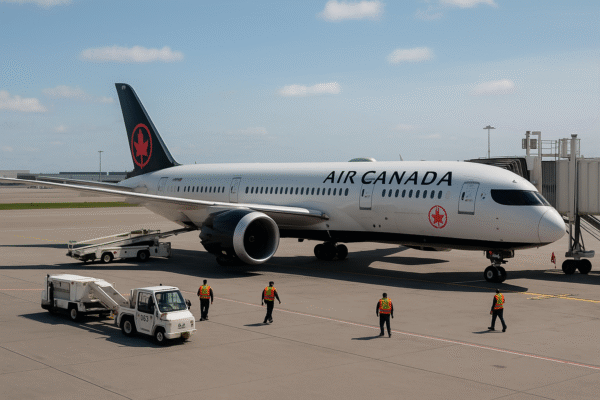In response to rising travel activity during China’s peak summer season, the Ministry of Culture and Tourism has taken swift action: in-depth undercover inspections conducted nationwide in July unveiled critical safety risks in tourist attractions and related services. Authorities are now demanding immediate corrections to protect both visitors and operators.
These spot checks spanned eight provincial-level regions—including Tianjin, Liaoning, and Xinjiang—and revealed alarming oversights that span fire safety and transport concerns, prompting officials to call for urgent remedial measures.
Fire Safety Hazards: Life-Saving Exits Blocked
One of the most alarming findings: emergency exits at several venues—including hotels and tourist businesses—were obstructed. This poses a potential threat in emergency situations where swift evacuation is critical. Additionally, inspectors uncovered a lack of essential safety equipment, such as life vests, at water-based attractions—an oversight that sharply increases risk during accidents.
Road Safety Violations: Tourist Buses Under Scrutiny
Transport-related concerns also emerged as a major issue. Inspectors flagged violations by tourist bus drivers, including traffic infractions that jeopardize passenger and roadside safety. Given the volume of travelers and reliance on group transport, these lapses are particularly worrisome.
Official Response and Enforcement Measures
In its official statement, the Ministry warned that operators failing to address the identified safety issues will face escalating legal sanctions—from fines and temporary suspensions to potential shutdowns. Officials also indicated that particularly severe or repeated violations may be referred to relevant regulatory agencies and enforcement bodies.
Moreover, the Ministry urged local tourism authorities to prioritize swift action, reinforcing that ensuring visitor safety is non-negotiable.
Implications for China’s Tourism Industry
China’s robust domestic tourism rebound in 2025 hinges on public confidence in safety and reliability. These inspections and enforcement reminders demonstrate a commitment to maintaining high standards amid growing travel demand. Failure to address such risks could damage the sector’s reputation and deter potential visitors.
Safety lapses—like blocked exits or unsafe transport—have larger reputational ramifications. By stepping in proactively, the government aims to preserve confidence in Chinese tourism as both vibrant and responsible.
What Tourists and Operators Should Know
Both operators and tourists should stay informed and vigilant:
- Operators must ensure compliance with fire codes, keep evacuation routes clear, stock lifesaving equipment, and conduct regular safety drills.
- Transport providers—especially tourist bus services—should enforce driver training, adhere to road laws, and maintain inspected vehicles.
- Tourists should choose licensed providers, note emergency exits, and if participating in water activities, insist on life jackets and lifeguard presence.
Regional Focus: What’s at Stake
- Tianjin, Liaoning, and Xinjiang were among the inspected regions—highlighting that safety issues can surface even in less traditionally monitored or remote destinations.
- As regional tourism rebounds, these areas could see major growth—but only if backed by safe, reliable operations.
Long-Term Vision: Safe Tourism for Sustained Growth
China’s fast-paced tourism recovery stands at a crossroads where safety must remain central. Through effective enforcement and regular audits, authorities can uphold public trust—one of the most valuable currencies in hospitality.
Looking forward, the Ministry of Culture and Tourism appears poised to roll out more frequent inspections, cross-agency coordination, and transparency in compliance to ensure long-term resilience and success.
Final Thought
By uncovering emergency hazards and addressing transport risks right at the height of summer travel, China underscores its determination to marry tourism growth with safety. The message is clear: tourism thrives not just on attractions, but on the trust that visitors can enjoy them safely.
For more travel news like this, keep reading Global Travel Wire


















